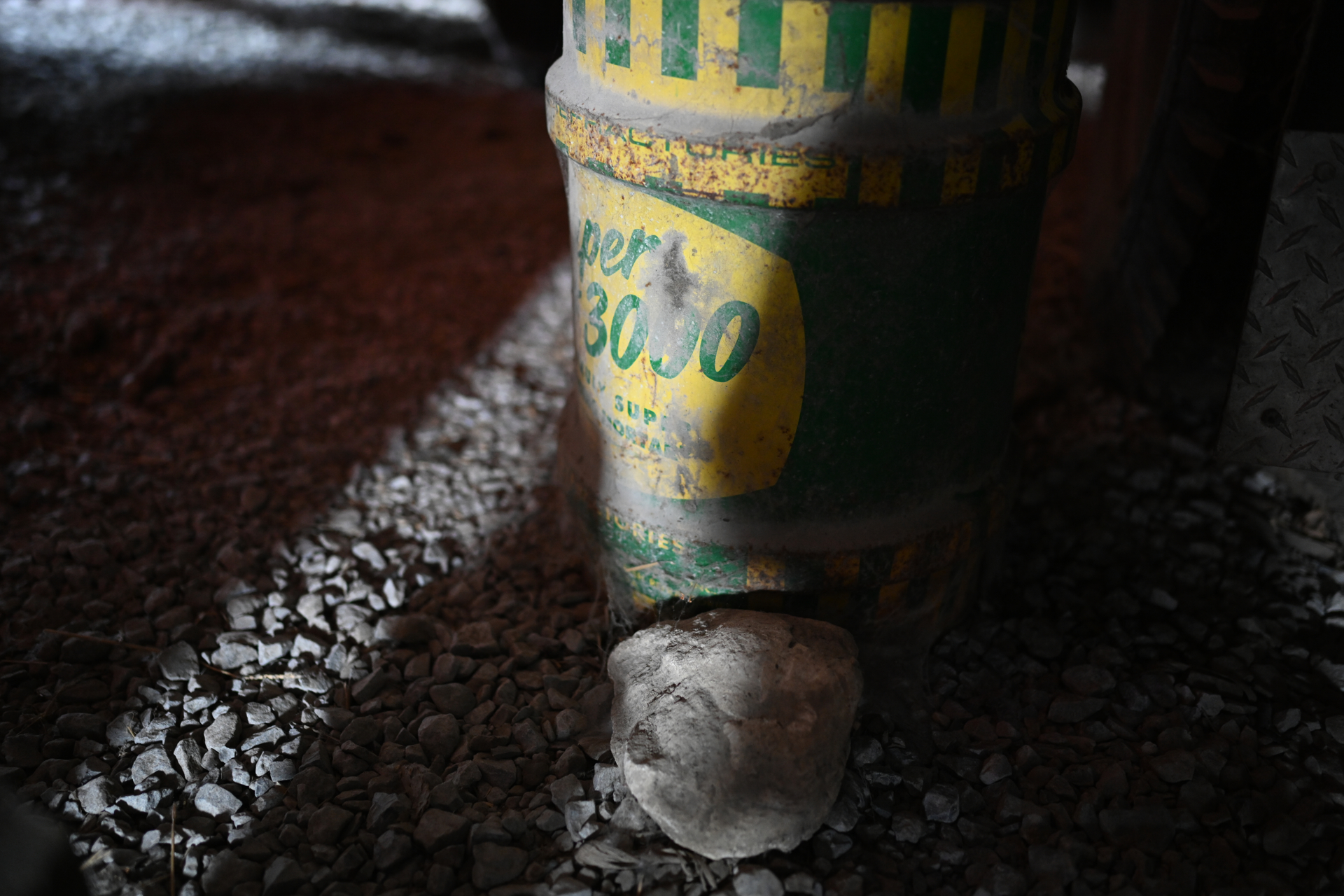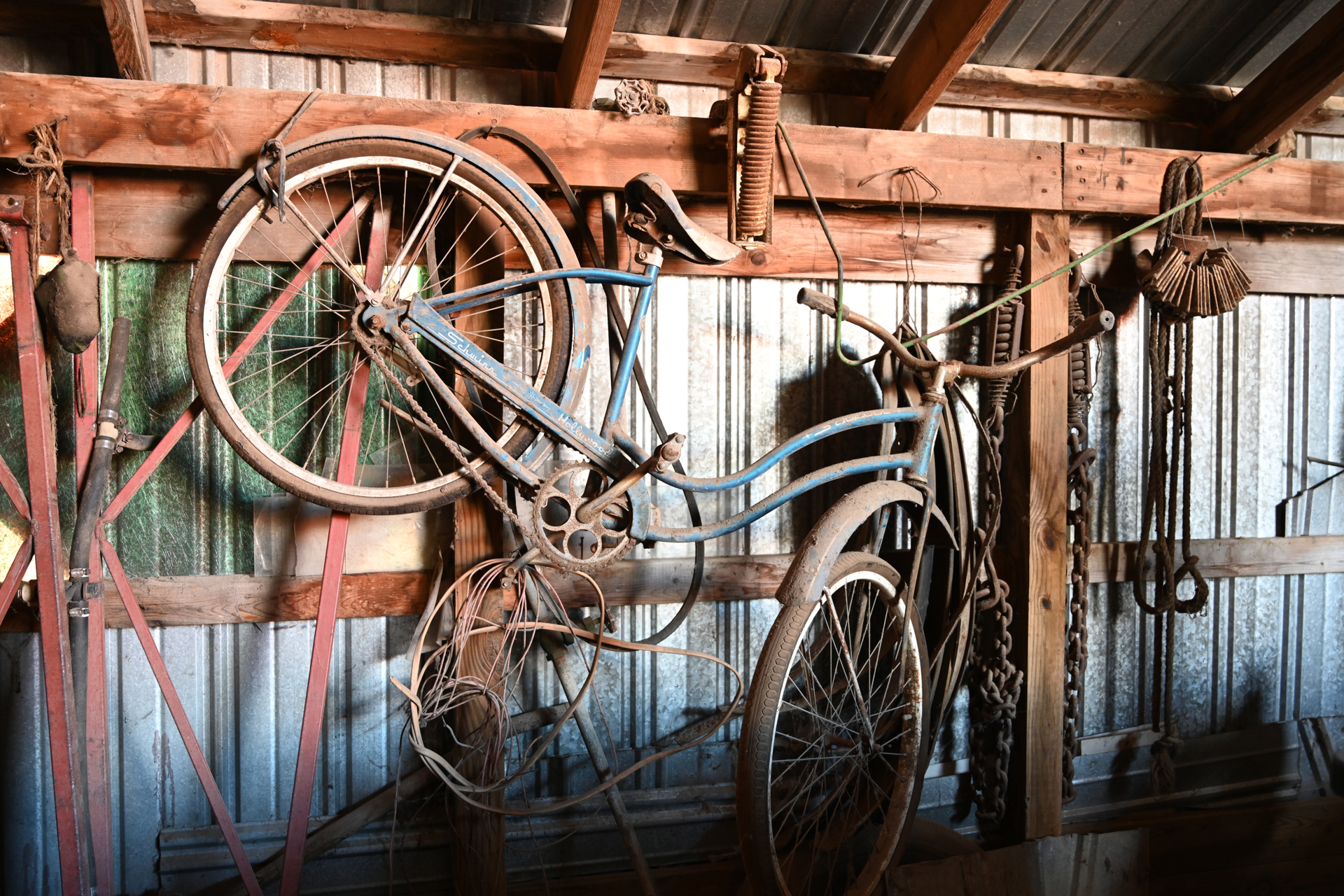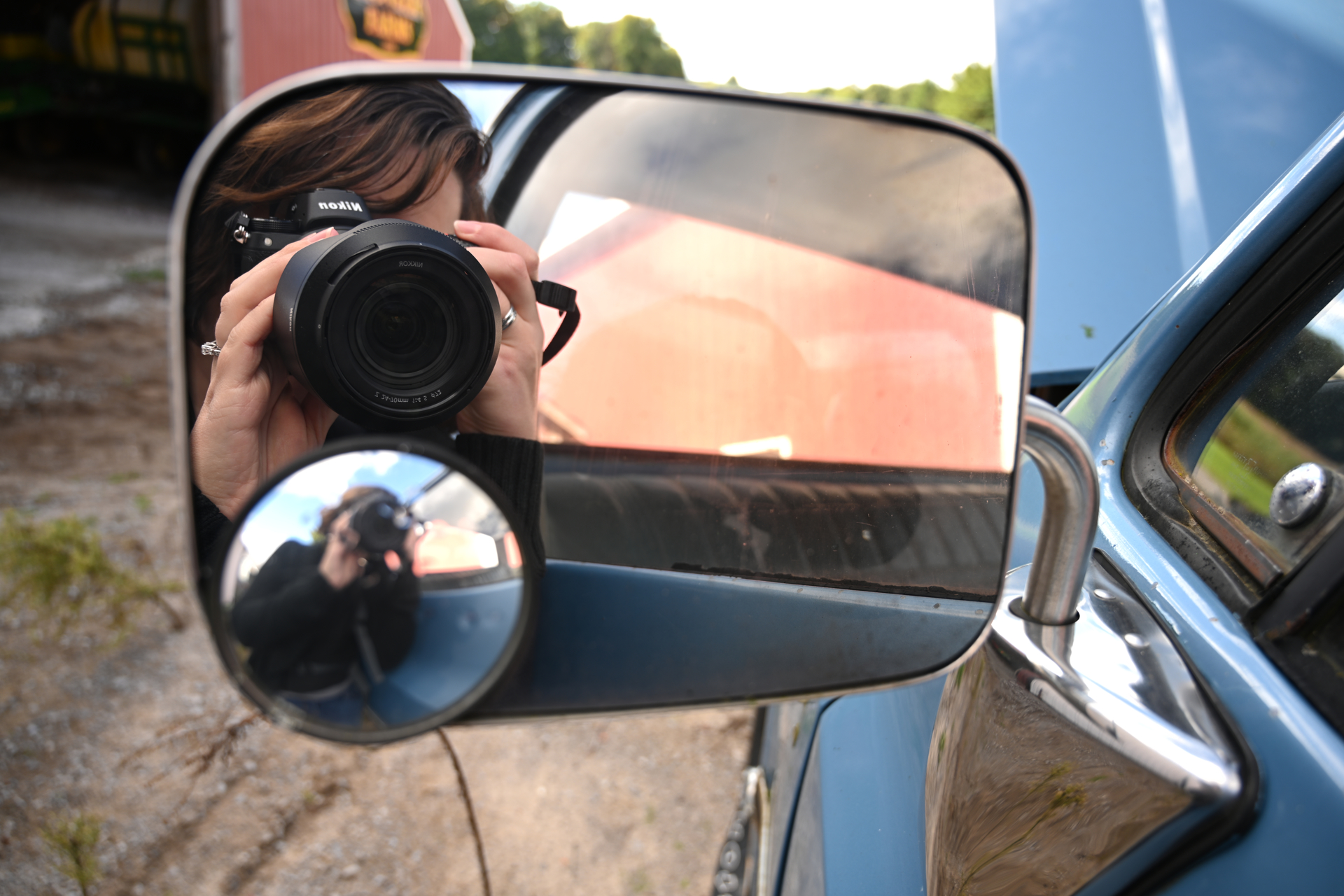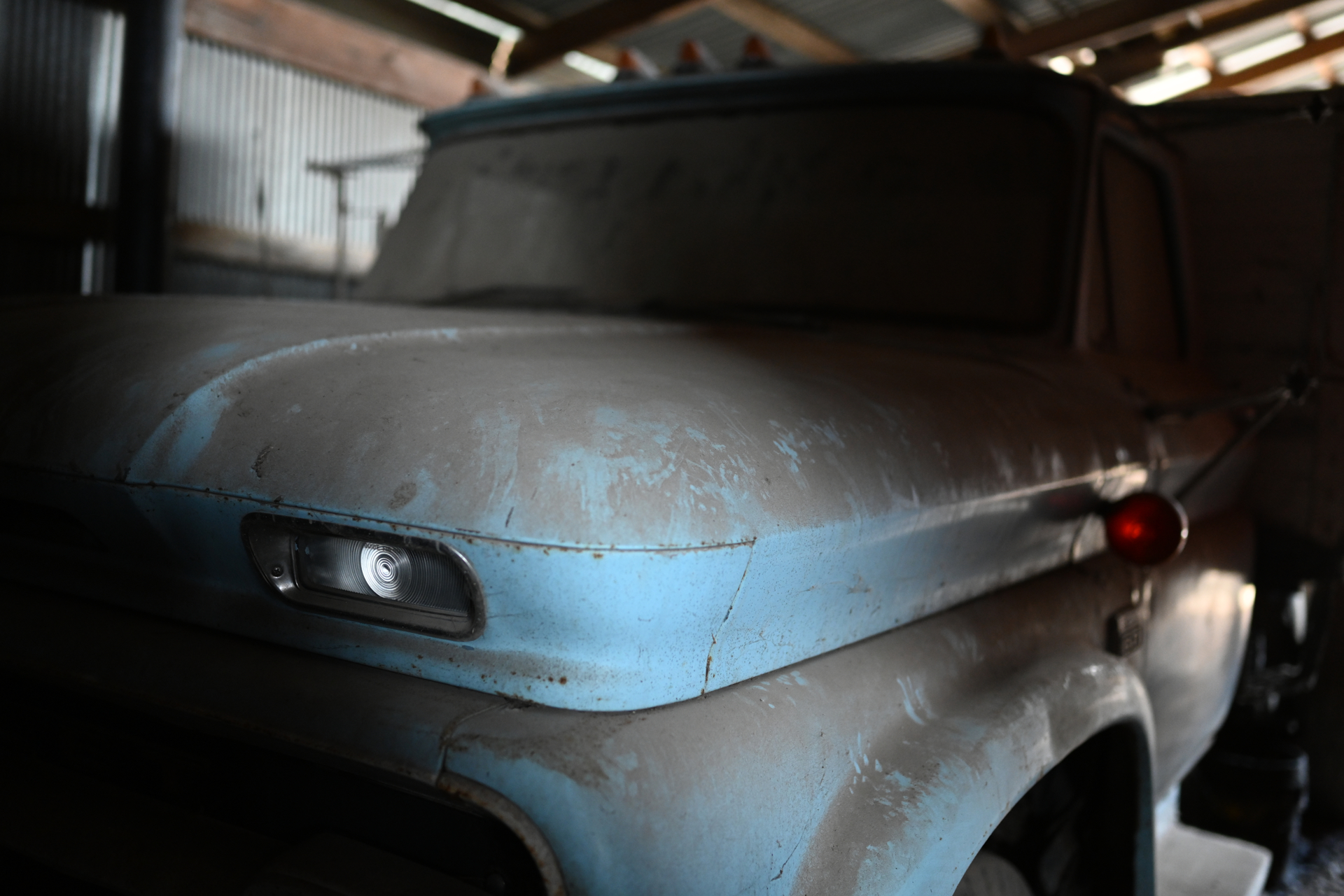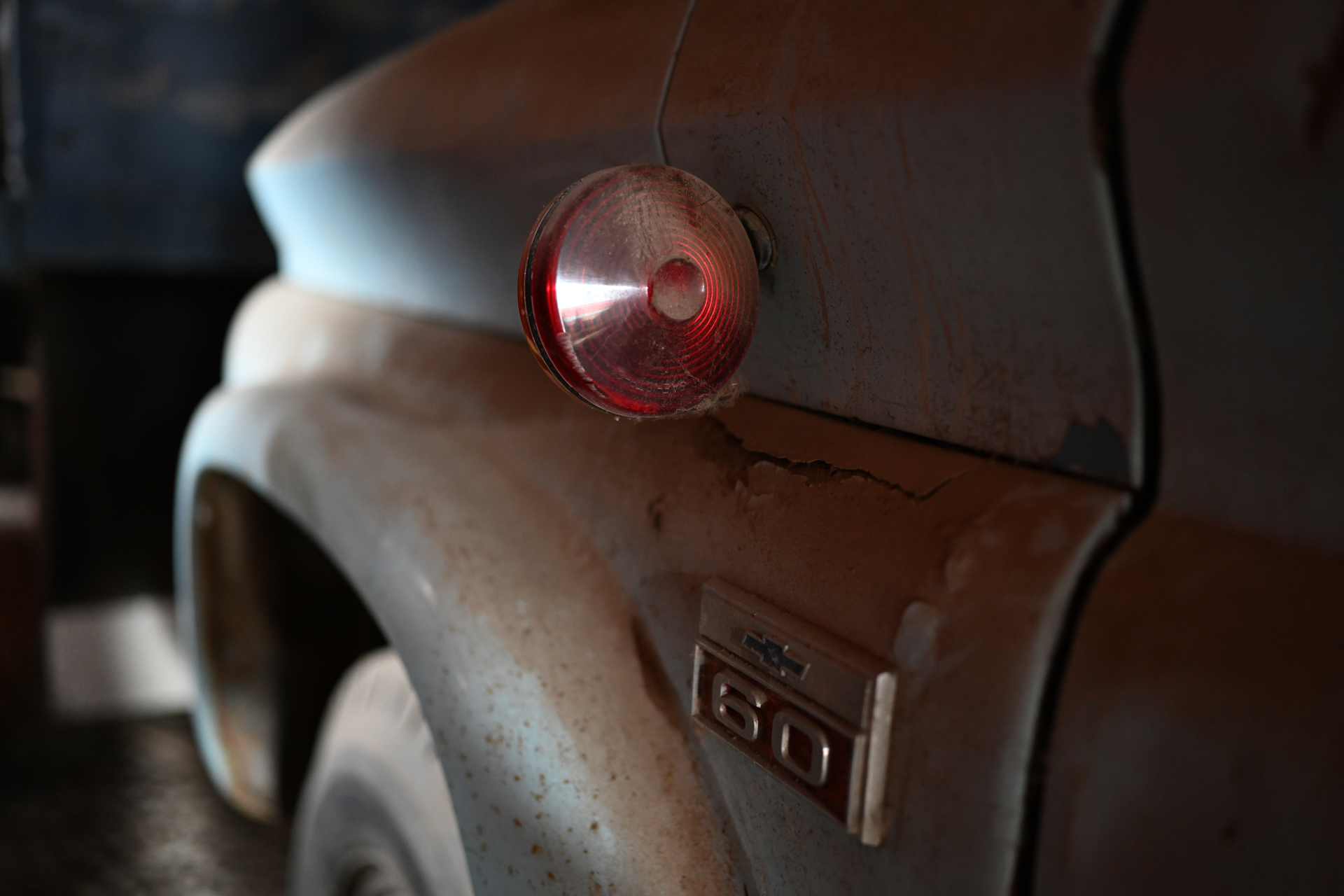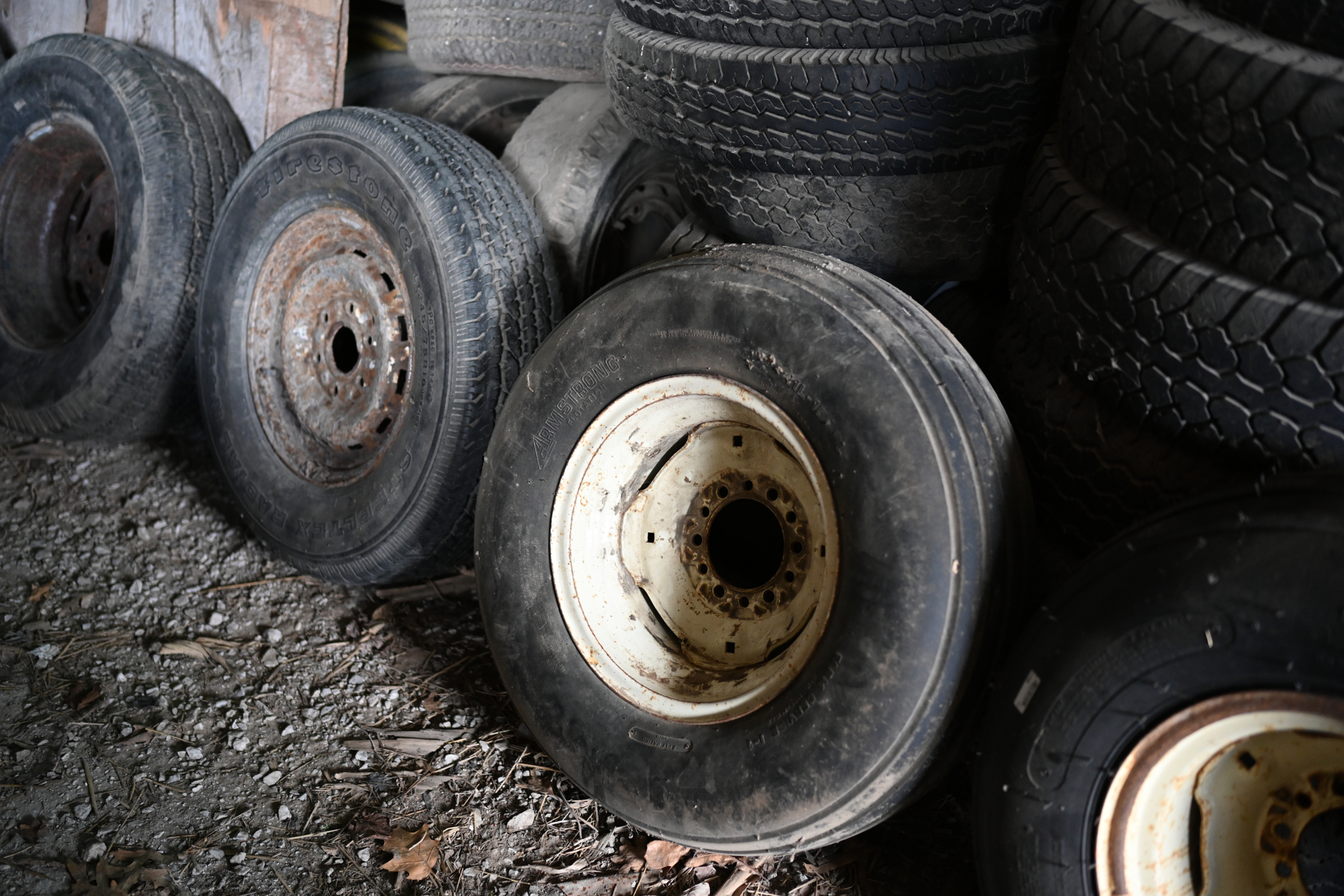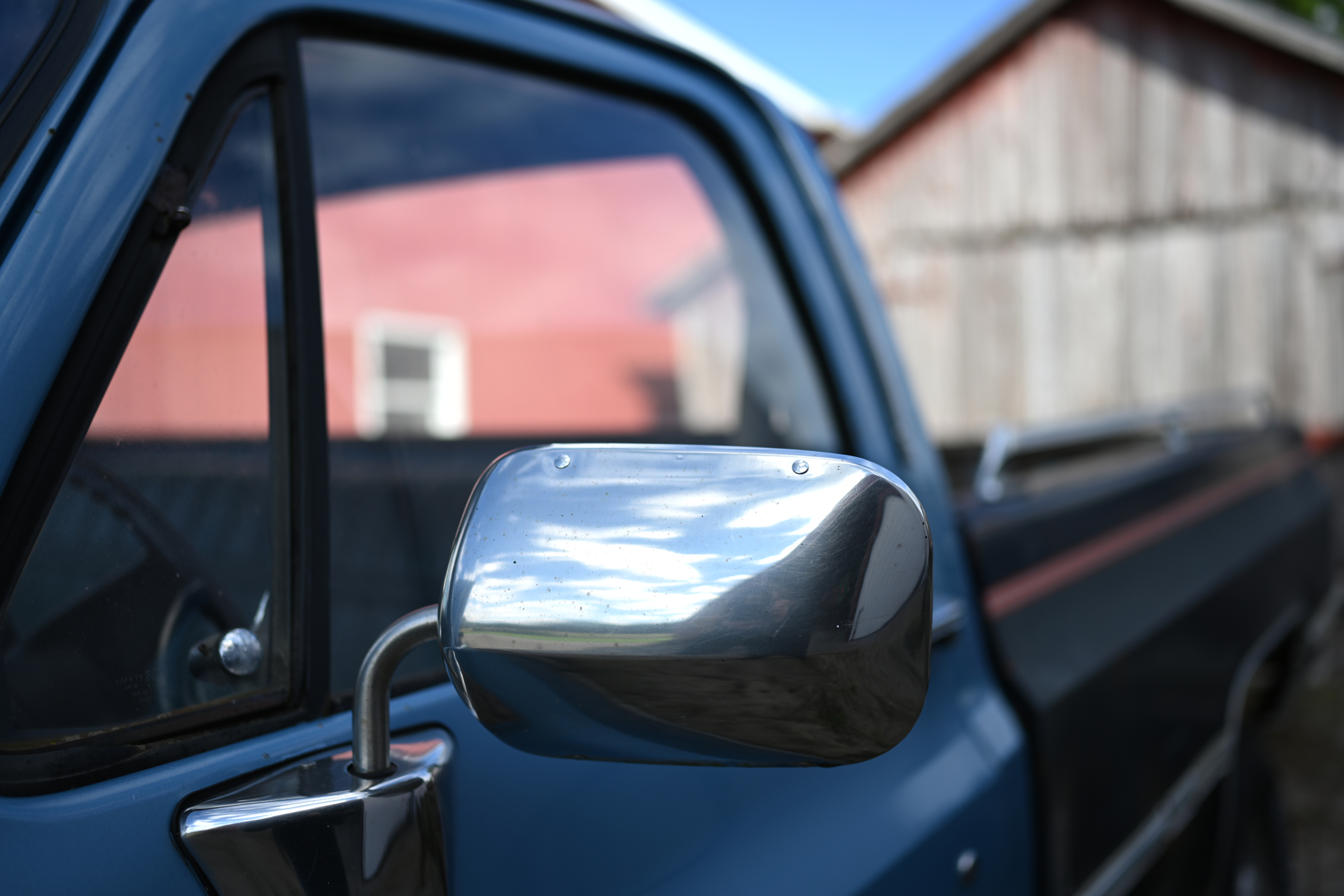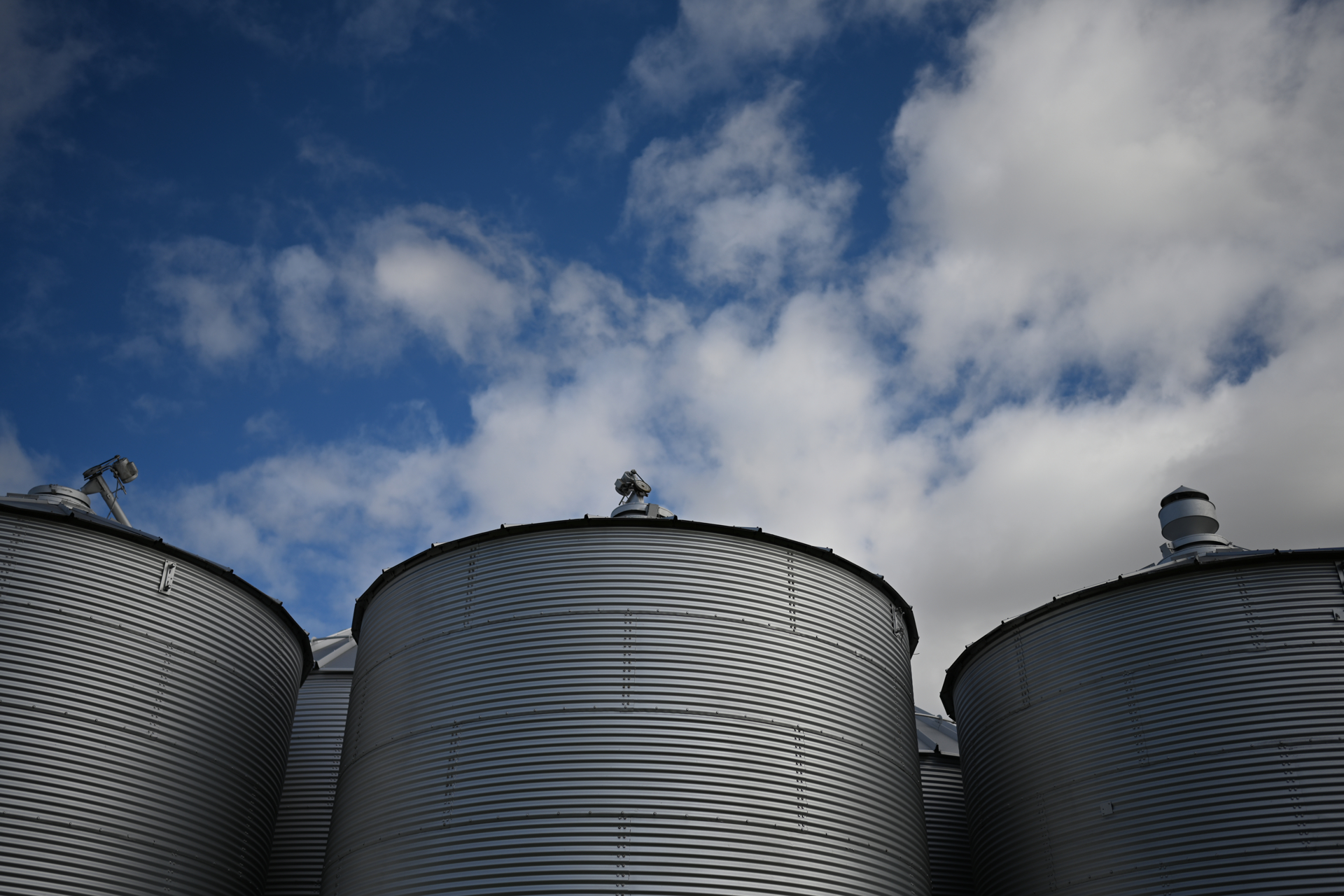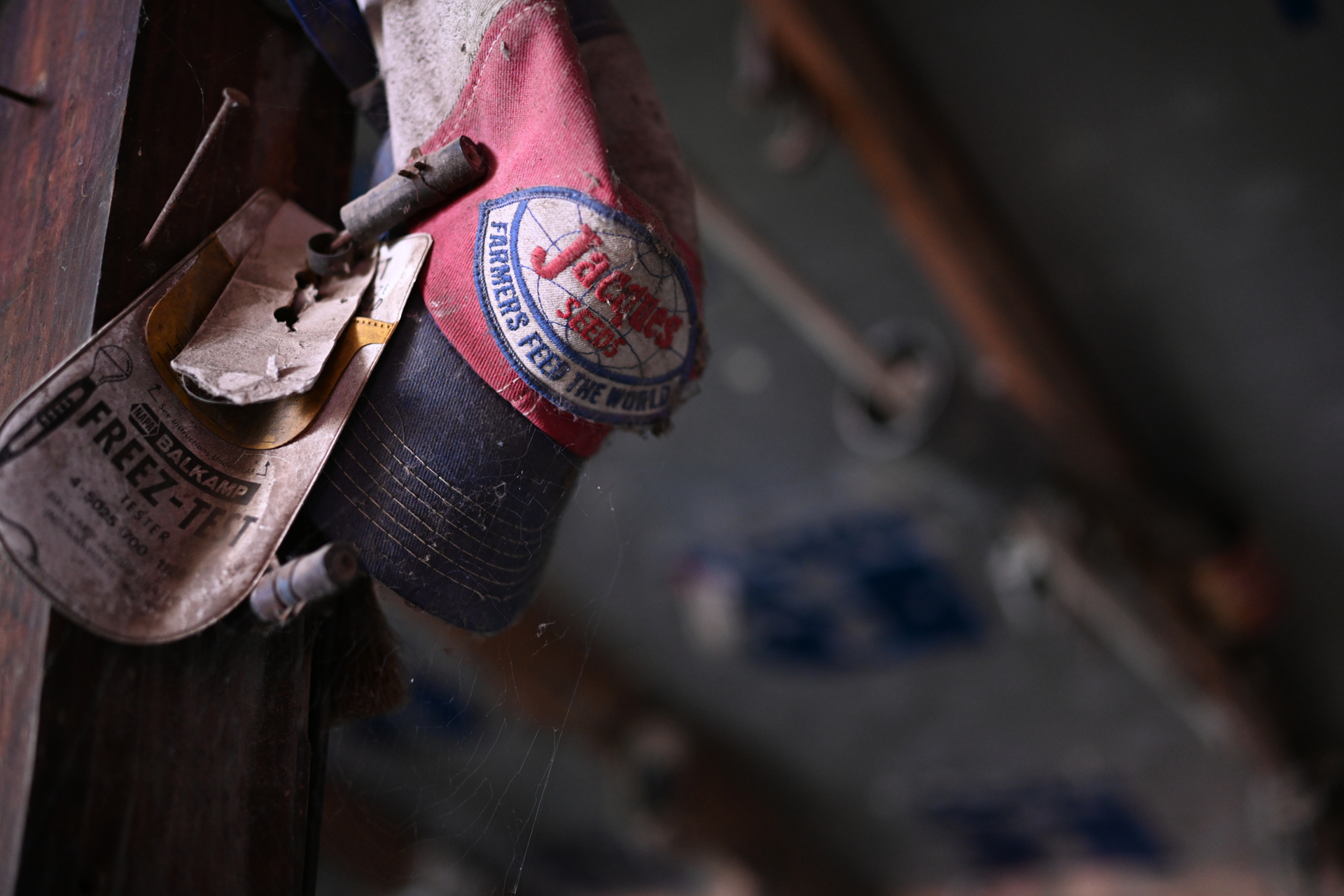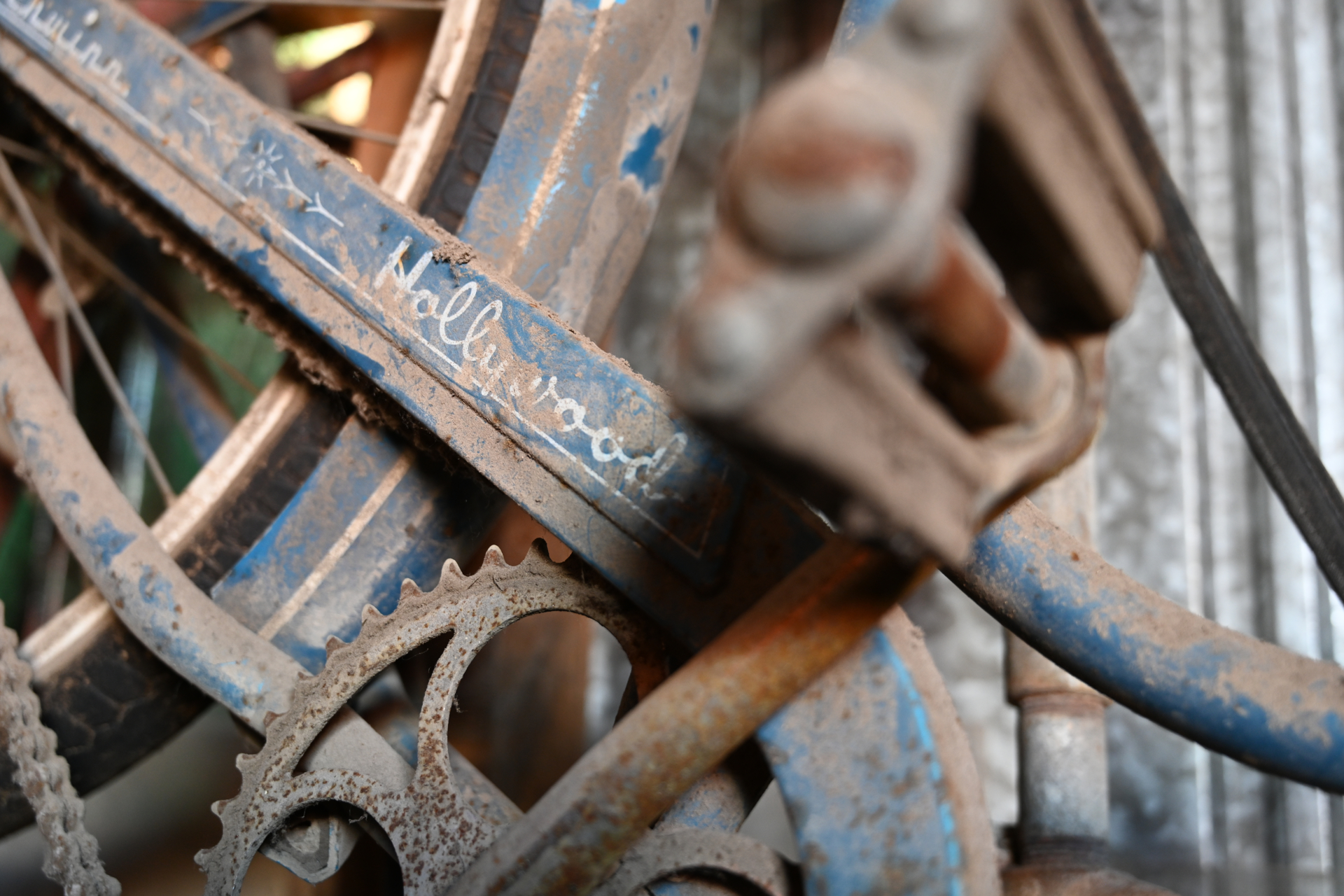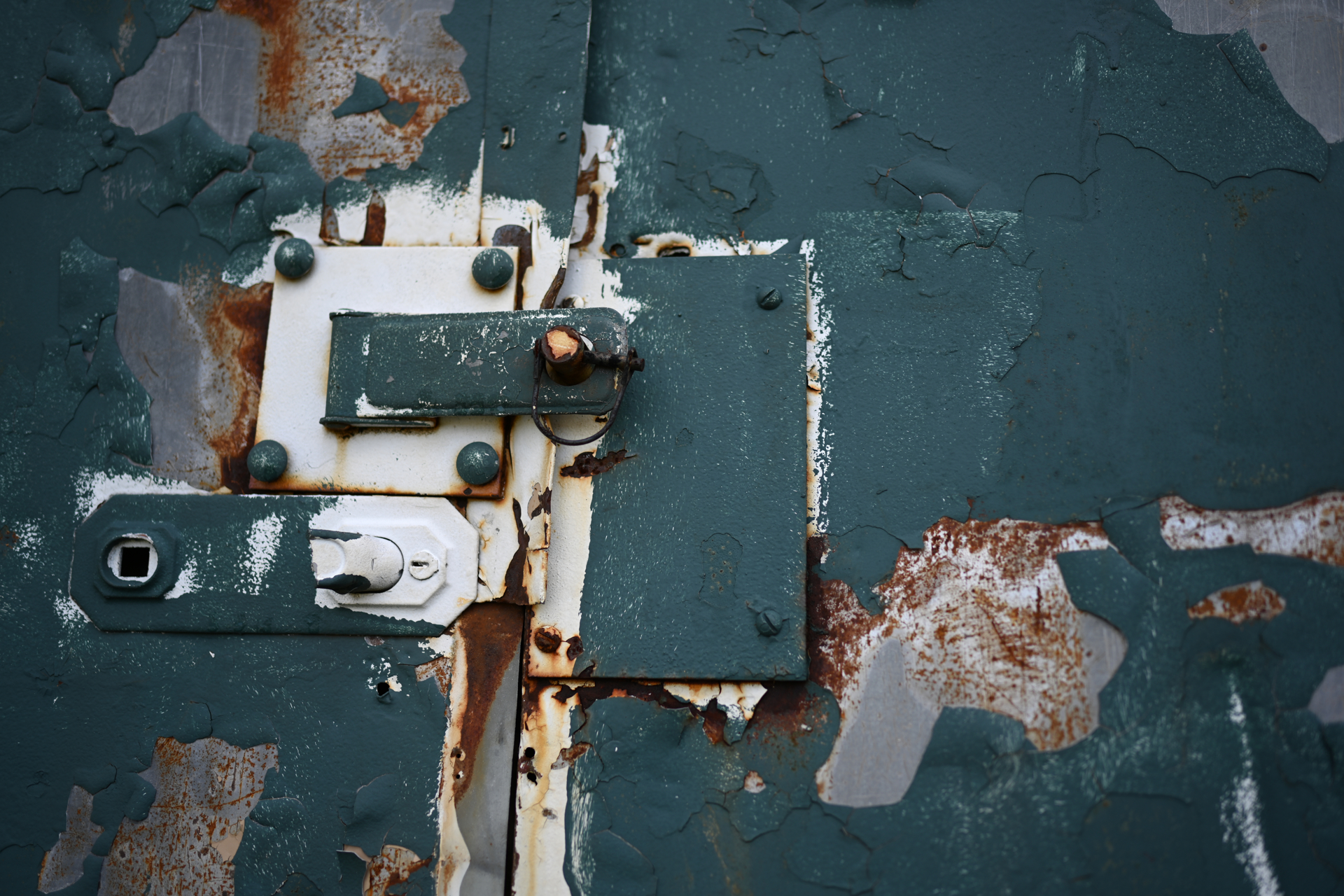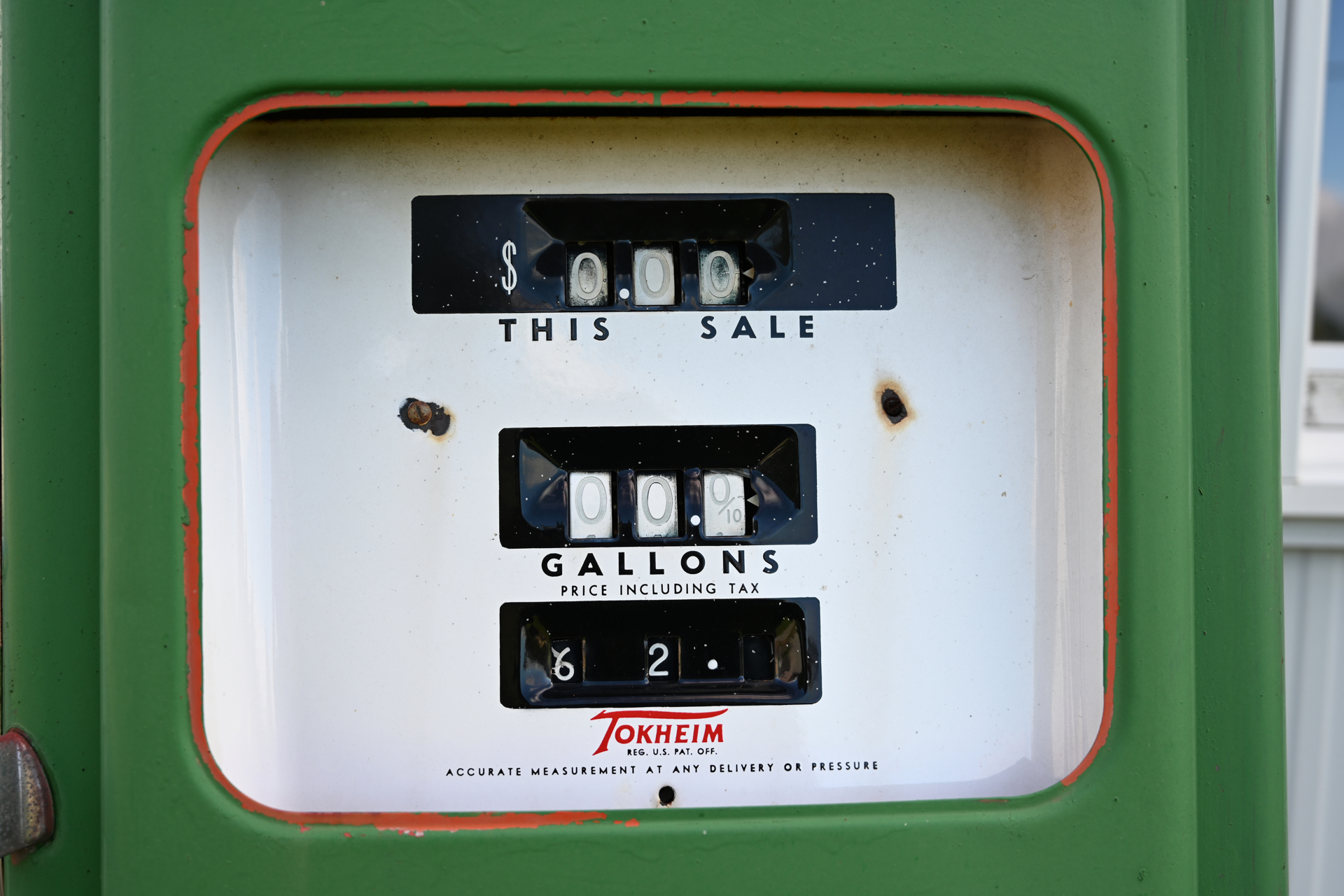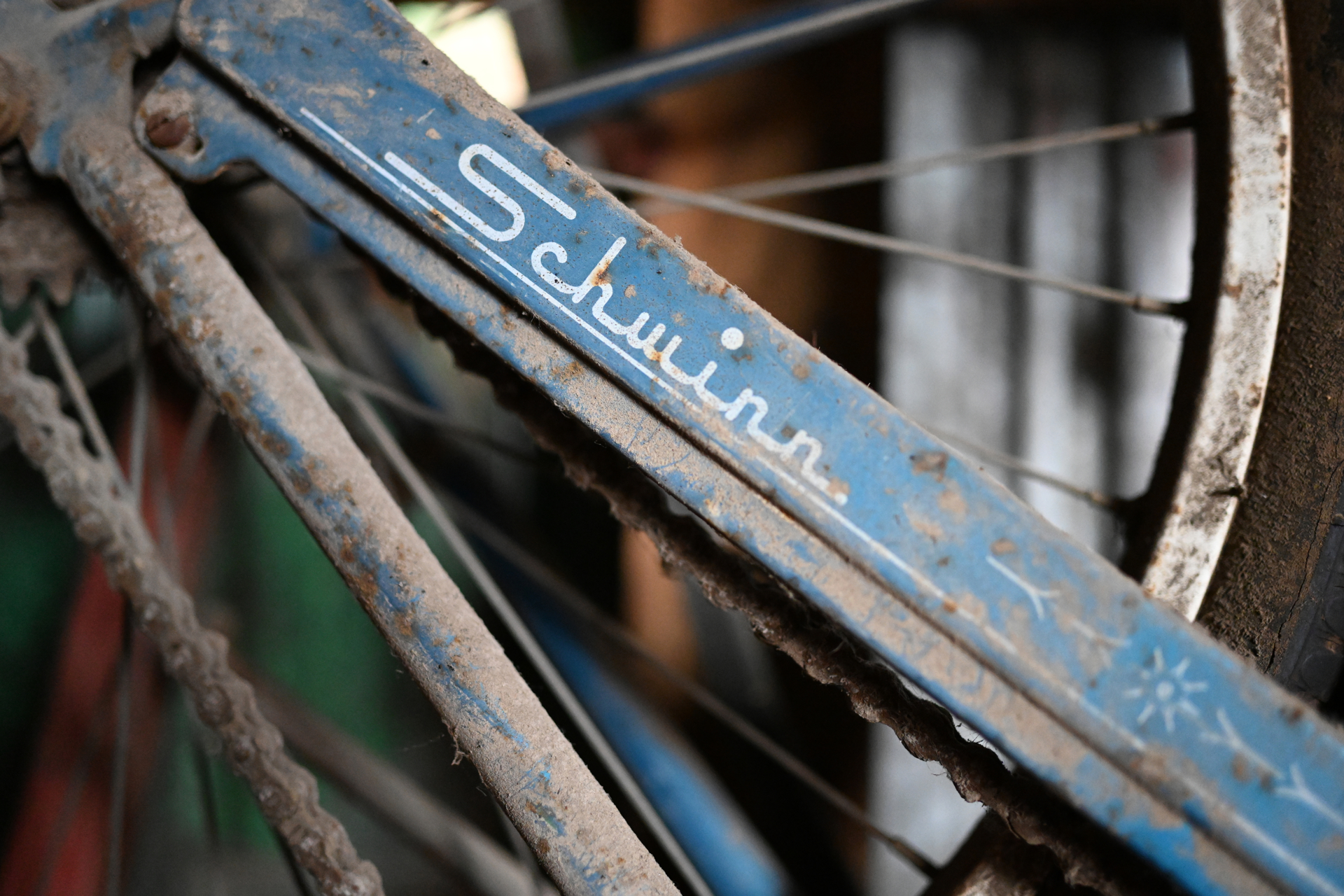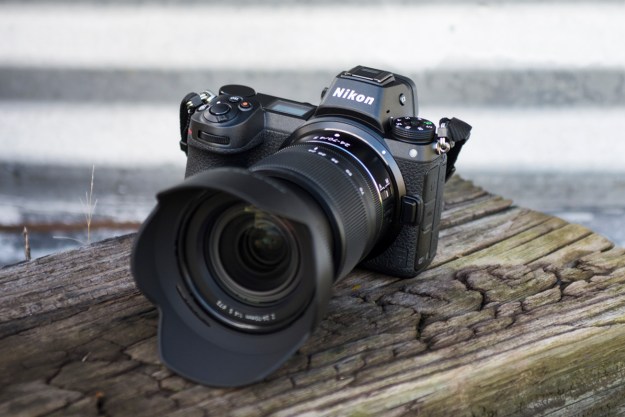
- Excellent image quality
- Sharp, accurate EVF
- 5-axis in-body image stabilization
- 4K video with pro features
- Unhindered performance with Nikon F lenses
- Limited 3D tracking
- Less effective low light AF compared to D850
- Fewer physical controls
After a tepid dip into the mirrorless category with the now discontinued 1 series, DSLR giant Nikon is diving head first into the professional mirrorless market with the launch of the Z-series. As the flagship model, the Nikon Z7 boasts specs that rival the company’s best DSLRs, and even adds features its mirrored siblings lack, like in-body stabilization and advanced video functions.
The Nikon Z7 houses a similar sensor to the company’s D850, one of the top-rated cameras of 2017. But Nikon is trying to show photographers how serious it is about mirrorless by going beyond just making a baby D850. The Z7 upgrades the processor to the latest Expeed 6, uses a new (though familiar) backlit 45.7-megapixel full-frame sensor without an optical low-pass filter, adds more autofocus points, and still manages to fit sensor-shift stabilization inside.
But Nikon has a long history of excellent DSLRs, which means photographers eyeing the Z7 will expect the same level of performance and image quality they are accustomed to. For these users, the new Z7 could just as easily disappoint as it could delight. But, despite some quirks, it combines big upgrades with classic Nikon handling for what could become a new legacy.
The Nikon Z Series won our award for the best products of the year. Make sure and check out all our other selections for Best Products of 2018.
A DSLR trapped in a mirrorless body
Ushering in a new category of professional mirrorless cameras, the Z7 hasn’t lost track of what makes a Nikon a Nikon. While the thin body and incredibly short flange back distance scream mirrorless, the grip maintains much of the same heft and feel as that of a DSLR. It isn’t quite as deep, but it’s not the minimalist style found on many other mirrorless cameras. It’s quite comfortable, and keeps a majority of the controls within easy reach.
While the grip measures about an inch and a half, the thinnest part of the body doesn’t reach much past an inch deep. The viewfinder sticks out a good half inch from the back of the camera, so while the body itself is thin, from the front tip of the grip to the end of the viewfinder is about 3.5 inches deep. As such, it may not save a ton of space in your camera bag.
In fact, the camera is actually deeper than a Nikon APS-C DSLR at the thickest points, but the body is also shorter and much lighter — and has a larger sensor inside. While lighter, the sturdy weather-sealed build doesn’t leave the Z7 feeling like a cheap camera. The weight savings is appreciated, but we also like that it still feels robust like a professional camera should.
Some of the new Z-mount lenses are built to complement the lighter weight of the camera, but comparing the Z lenses to Nikon’s DSLR range is tough to do.
Related reviews
- Nikon Z6 review
- Nikon D850 review
- Nikon Z 35mm f/1.8 S review
- Nikon Z 50mm f/1.8 S review
- Nikon Z 24-70mm f/4 S review
The Z-mount 35mm f/1.8 lens is actually a few ounces heavier than the company’s F-mount 35mm f/1.8. The Z 24-70mm is half the weight of the closest comparable DSLR lens — but the Z lens is an f/4, while the F lens is a wider f/2.8. There’s also the upcoming beautiful but massive Z 58mm f/0.95 Noct, so it doesn’t look like Nikon is limiting itself on size or weight when it comes to designing new lenses, but there will be some compact models if that’s what you’re going for.
Like high-end DSLRs, the Z7 also doesn’t include a built-in flash. Most photographers using this tier of camera tend to pair it with an external flash, but this also means you don’t get built-in remote flash triggering with the Z7. The Z7 is compatible with Nikon’s WR-R10 radio flash controller, however, which allows it to work with the SB-5000 Speedlight.
Remixing the control scheme
The Z7 uses a blend of old and new controls. Like Nikon’s DSLRs, a small LCD screen on the top reveals vital shooting data at a glance. It isn’t as wide as those on DSLRs, and to make up for that smaller size, it doesn’t mirror the exposure meter (you can still find the meter in the EVF or LCD as usual).

Nikon’s standard front and rear command dials return and the recognizable on/off switch still encircles the shutter button just like every Nikon DSLR. Unlike DSLRs with a top LCD display, however, that on/off switch can’t be over-rotated to turn on the screen backlight — but that’s because the screen is always illuminated. Disappointingly, the Z7 doesn’t inherit the lighted buttons of the D850.
Interesting on a pro-level Nikon, there’s a standard mode dial that sits to the left of the viewfinder. This will feel a bit odd for shooters coming over from a D850 or other high-end DSLRs, where Nikon prefers a mode button rather a dial. It’s also not the double-decker mode dial common on midrange DSLRs, which has a drive mode dial nested beneath it. Instead, a shortcut button at the back is used in conjunction with the rear command dial to adjust the drive mode. While the seeming lack of dedicated controls initially feels less “professional,” in practice it works just fine — but it is something users will need to adjust to.
The electronic viewfinder is excellent: colors are rich, the details are crisp, and you’ll have no trouble fitting it to your eye.
The back of the camera sees more changes in order to accommodate the 3.2-inch LCD touchscreen. The screen sits on a hinge to allow for some tilt, but it can’t flip out to the side. Unlike Nikon’s DSLRs, there’s no bank of controls to the left of the LCD screen. Instead, the buttons sit above and to the right. Most of the usual suspects are there — including, thankfully, an autofocus joystick — but it will take time to get acquainted with the new layout. There are also two function buttons on the front of the camera near the lens mount.
We did find ourselves wishing for more direct access control; metering, white balance, autofocus mode, and bracketing lack dedicated buttons. The custom settings menu does allow you to reassign other shortcuts, however, so if you don’t need the video record button, you can reassign it to bracketing, for example.
Then there’s the touchscreen itself, which allows for quick access to additional settings using the quick menu, which can also be customized. We’d still prefer physical controls since those could be used without taking the camera out of shooting position, but the touchscreen is fast compared to digging through the primary menu. The menu itself will feel right at home to Nikon DSLR users. The touch-to-shoot does create some unintentional photographs, however, so be prepared to capture a few 45 megapixel files of a blurry floor.

The Z7 also ditches the double media slots of the D850, opting for a single XQD card. XQD cards come in large enough capacities that a second card slot isn’t necessary to hold overflow. But, the lack of a second slot means there’s no opportunity to back up images as you shoot. That could be a sticking point for wedding photographers and other pros that want to have a second copy on a separate card, just in case. On the left side, you still get microphone and headphone jacks, along with HDMI and USB-C ports.
The Z7 can also be controlled remotely using the Wi-Fi connection, while low-resolution files can be backed up to the Nikon Image Space using Bluetooth. The connection is easier to set up than previous generations and no longer requires jumping back and forth from the app to the Wi-Fi settings on my iPhone.
An EVF that feels optical
Originally a pain point for early mirrorless converts, the electronic viewfinder has come a long way from its debut. While there are still noticeable differences from an optical viewfinder, we didn’t miss much.
The 46 megapixel Z7 can shoot at up to 9 frames per second in extended high speed mode.
First, the EVF has an excellent 3.69-million-dot resolution, capturing a detailed view of the scene. The colors are rich and detail crisp, and you’ll have no trouble fitting it to your eye — even if you wear glasses. And unlike other EVFs, the Z7’s never drops resolution while focusing or shooting, so you always get that full-resolution image to look at, which helps it feel more like an optical viewfinder.
It also displays more information than a DSLR’s viewfinder: Along with the mode, exposure settings, meter, and in-focus indicator, you get battery life, stabilization, burst mode, focus mode, Active D Lighting, Picture Control, white balance, image area, file type, and file quality. The EVF will also display the number of photos remaining on the XQD card.
That said, it still maintains all the advantages of an EVF, like the option to preview exposure effects. This makes it easier to see exactly what you’re capturing. It will also preview depth of field, whereas on a DSLR you’d need to use DoF preview button, which can make the viewfinder dark.
The EVF is also great for manual focusing (something that will really come in handy when the manual-focus-only 58mm f/0.95 Noct comes out) thanks to focus peaking. You can set the color and sensitivity of peaking highlight to suit your preferences and situation. Focus peaking is also accessible inside the video mode, where using manual focus is more common.
One minor annoyance with the EVF (and the LCD) is that the focus point stays red while in continuous focus mode, instead of turning green when the camera locks onto the subject like in single-shot autofocus. The focal point color isn’t different from the company’s DSLRs (except the D850 uses a black focal point), yet felt a little off at first because it was the first time we were seeing it through an EVF on a Nikon camera.
Pushing pixels
Nikon didn’t just re-package an existing DSLR into a mirrorless body — the Z7 houses the Expeed 6 processor, an improvement over the D850. The processor allows for shooting at up to 9 frames per second in extended high speed mode. This will lock exposure and limit live view, but, impressively, still allows for continuous autofocus. With live view and autoexposure adjustments, burst rate tops out a more modest, but still useful, 5.5 fps.
There may be plenty of speed, but keep in mind, this is a 46MP camera. Shooting RAW at 9 fps, you’ll get 20 exposures before it has to slow down. The camera can shoot again right away, but if you don’t wait for it to process every image, your next burst will be shorter. XQD cards are known for their speed, and it took about 30 seconds to clear a full burst. Shooting JPEG, the Z7 doesn’t slow until after about 30 shots, but continues taking images at a slower pace rather than stopping completely.

This is not, then, a camera suitable for professional sports photographers — but it can certainly handle the occasional action sequence. If continuous shooting is what you need, the Z7’s little brother, the 24MP Z6, fires away at 12 fps and may be more your speed.
All of that speed would be worthless without an autofocus system that can keep up, and that’s exactly what the Z7 has. In single-point mode, the Z7’s continuous autofocus does an excellent job of keeping up with the burst speed.
The Z7 uses an astounding 493 AF points which cover 90-percent of the frame.
However, the Z7 had some trouble with 3D tracking, a feature that Nikon DSLRs are praised for. The 3D tracking mode is actually hidden inside the Auto Area AF that chooses the autofocus point for you. If you hit “Ok”, the camera activates 3D tracking, which locks onto a subject and follows it around the frame.
Unfortunately, it didn’t always keep up, especially when our subject was in shadow. We also ended up with more soft shots compared to using single-point mode with continuous AF.
Autofocus performance varies based on the conditions — the Z7 performed okay in limited lighting, but didn’t have quite the same level of low light autofocusing as the company’s DSLRs. Thanks to the AF assist beam that’s built into the camera, we were able to capture sharp shots on a dim dance floor with multiple DJ and decorative light sources. On a dance floor with just a single DJ spotlight, the Z7 struggled a bit more than Nikon’s DLSRs. The Z7 has a decent hit rate for low light autofocus, but it’s not as good as Nikon’s DSLRs. By default, the AF is sensitive down to -1 EV, but it offers a low light mode that extends that to -4EV, at the expense of potentially slower performance. By contrast, the D850 is rated to -4EV at the center point and -3EV at all others without needing a special low light mode.
Extreme backlighting also occasionally challenges the Z7 — I shot a number of backlit portraits at golden hour with the Z7. The camera handled a majority of them well, but a few of them where the subject was in the shade with the sun low behind proved more challenging for the contrast detection autofocus, taking a bit longer to lock that focus. The Z 35mm tended to struggle more in this scenario than an adapted F-Mount 105mm lens.
The Z7 uses 493 AF points which cover 90-percent of the frame. The D850, on the other hand, uses a 153-point system, and those points are clustered closer to the center. So while the D850 offers better 3D tracking (and, at least on paper, better low light sensitivity), the Z7 has more usable area — which, in theory, could make it more useful for subject tracking if Nikon can improve the performance.
The Z7 also has a flash sync speed of 1/200 second compared to 1/250 in the company’s high-end DSLRs. This may be a small difference, but it’s a notable one for photographers who work with studio lighting. With a Nikon Speedlight, this means high speed sync (which limits maximum flash power) comes into play slightly earlier than on a DSLR.
Autofocus speed on the Z7, as far as we could tell, was exactly the same as using the lens on a DSLR.
One final area of reduced performance is battery life. The demands of a live-view-only camera, especially when using the EVF, ask a lot of a battery. The CIPA rating of 330 shots per charge is on the low side, even for mirrorless cameras, we shot over 600 photos without exhausting the battery. Your results will vary depending on how you shoot, but I was able to shoot portrait sessions that reached almost to three hours without exhausting the battery. The Z7 uses a variant of the same type of battery Nikon uses for its other high-end DSLRs, but the variant made for the Z7 (and Z6) allows it to be charged in-camera via USB-C.
Lens Adapter and Flashes
One of the perks of Nikon’s system is that the Z7 (and Z6) are compatible with Nikon’s F-mount DSLR lenses via the FTZ adapter. The adapter, which adds $250 to the price tag, offers full compatibility with F-mount lenses on Z series cameras. Of course, it also adds at least another inch to the lens, giving up the size advantage of the mirrorless body.
We tested the adapter with the Nikkor 105mm f/1.4 F-mount lens and didn’t notice any performance differences. Autofocus speed, as far as we could tell, was exactly the same as using the lens on a DSLR. So while this works just fine, the weight distribution is different. Using a Z mount lens is likely the more comfortable choice, but until Nikon launches more Z mount lenses, the adapter is necessary for access to focal lengths, apertures, and features that just don’t exist natively for the system yet. Also, older lenses that do not have built-in focus motors won’t autofocus on the Z7, as there is no in-body focus motor.
One point of caution: While Nikon-brand F-mount lenses are fully supported, third-party lenses using the F-mount may not work with the FTZ adapter. Tamron has released a statement saying that some Di and Di II lenses do not have full compatibility with Z series cameras. Sigma, meanwhile, says that all current lenses have been tested and work with the FTZ adapter, but some lenses from 2013 and earlier may not have full compatibility.
Naturally, Nikon flashes work with full native compatibility on Z cameras — with one exception: The AF assist grid won’t activate to help you focus in low light. Other than that, TTL metering, commander mode for wireless flash control, and everything else works as you’d expect.
Image quality
The sensor, while not the exact one as in D850, is nevertheless very similar and image quality is likewise very similar (and very good).
Traditionally, sensors with such high pixel counts suffered at high ISOs because those pixels are smaller than a camera with fewer of them. But, like the D850, the Z7 handles noise exceptionally well. Thanks to the updated processor, the Z7 does have a slight edge over its DSLR sibling. At ISO 6400, the Z7 fared a bit better in noise levels and detail. While there’s definitely some noise at ISO 6400 that’s noticeable at 100-percent magnification, it’s still acceptable. Like the D850, the Z7 also has an excellent ISO range that starts at a very low 64, so you get great dynamic range in bright conditions. The native ISO range tops out at 25,600, but can be extended to 102,400.
The biggest difference in image quality stems from the in-body image stabilization. We were able to snap sharp photos using a wide-angle 35mm even down to 1/15 second. That added stabilization will allow for lower shutter speeds and, in turn, lower ISOs for better image quality. Of course, image stabilization doesn’t help freeze a fast subject, but the Z7 can use slower shutter speeds for stationary or slow-moving subjects. The feature is a perk for using lenses that don’t have stabilization already built inside, including those adapted F-mount lenses.
As the first camera with an entirely new lens mount, the lenses deserve a note here too. We tried out the Z7 with the new S 35mm f/1.8 and the 24-70mm f/4, along with the F-mount 105mm f/1.4 using an adapter. Both new S mount lenses performed on par with what we’ve come to expect from Nikon lenses. Both were sharp with minimal chromatic abberation and the wide angle didn’t have much barrel distortion.
Video
Nikon has been working to attract video shooters with its latest round of DSLRs, but it has never offered the full range of professional video features found on many Sony and Panasonic cameras. 4K/30p is a given in the Z7 and Z6, but they also include 10-bit N-Log for wider dynamic range and better color — the first time Nikon has offered a logarithmic tone or 10-bit color in its cameras. Nikon claims N-Log is good for 12 stops of dynamic range, which is quite good for a video mode. However, both 10-bit and N-Log are only available when recording to an external device over HDMI, so it’s not quite as versatile as a more video-oriented camera like the Panasonic GH5S.
In our testing, 10-bit N-Log gave us everything we expect from a log profile, and held up very well under modest color grading. There is considerable dynamic range in the image and it was easy to pull more color out of the flat profile. This is a great achievement for Nikon, and video shooters who are willing to work with an external recorder have nothing to fear — the Z7 delivers excellent, professional-quality results.
We are disappointed that a high bitrate internal codec is not included, however. Nikon could have taken advantage of the speed potential of XQD cards and delivered much higher quality internal video. Instead, the company seems to be testing the waters to see if this whole video thing catches on. (Hint: it already has, Nikon.) Still, external 10-bit N-Log is better than nothing, and the results are impressive for those willing to put in a little extra work.
Also impressive is that 4K can either be recorded from the full sensor area without cropping, or from a Super35 (APS-C) crop with full pixel readout for oversampled, sharper 4K. Timecode is also offered, along with the previously mentioned focus peaking. These features are aimed at advanced and professional videographers, but it’s clear that Nikon is trying to keep up with Sony, which has an established base of filmmaker customers. Perhaps the only “downer” is lack for support for 4K/60p, like Panasonic’s GH5 and upcoming full-frame Lumix S1R. Full HD can be recorded up to 120 fps, however.
The Z7 includes continuous autofocus and full-time autofocus — the first which requires holding the shutter button when you want to update focus, and the second which focuses continuously without user input. While video use wasn’t as extensive as still photos, we found the autofocus performed well for videos. Using manual focus was also smooth and easy to do, thanks again to focus peaking.
Our Take
Nikon has entered and exited the mirrorless market before with the largely underwhelming 1-series — but with the Z-series, it looks like Nikon is here to stay. The Z7 proves that Nikon is ready to make mirrorless a priority, with features like 5-axis stabilization, an upgraded processor, and pro video functions.
There are some notable differences between Nikon’s DSLRs and its mirrorless cameras, but the Z7 fully earns the Nikon badge it wears. Image quality is excellent, performance keeps up with all but the toughest tasks, and the EVF is so good that it’s hard to miss an optical one.
However, there are also some differences longtime fans of the brand will want to take note of. The smaller body doesn’t leave as much room for physical controls, although customizable controls help ease the transition. And while the user interface stays largely the same, there are some differences, like low-light autofocus mode is hidden in a menu and 3D tracking is tucked inside the auto focus area mode.
Autofocus isn’t quite as robust as Nikon’s DSLRs in low light and subjects with limited tracking. We still gravitated towards a Nikon DSLR for the trickiest lighting scenarios, like a poorly lit dance floor and focusing on a black tuxedo in a dark room.
3D tracking performance may be disappointing, the flash sync speed is slightly lower, and you’ll have to make do with a single card slot, but the Z7 is an excellent camera that exceeds our expectations for a first-generation model in a brand new series.
Is there a better alternative?
The full-frame mirrorless category is heating up. For years, Sony was the sole major brand in the game (plus Leica on the luxury end of the spectrum), but the field has suddenly become crowded with new entrants from Nikon, Canon, and even Panasonic. Nikon did an admirable job with the Z7 and it stands up well to the competition, but the Sony A7R III has a few more perks, including dual SD card slots, a slightly faster 10 fps burst rate, better autofocus tracking and Eye AF, high resolution Pixel Shift, and a slightly lower price. The Panasonic S1R won’t be out until next year, but will feature 4K video at 60 fps, dual image stabilization, and dual media card slots.
And then, of course, there’s Canon’s new EOS R, but this isn’t really a direct comparison as it lives somewhere between the Nikon Z7 and Z6 in resolution and price.
For Nikon DSLR shooters, however, the Z7 has one clear advantage: fully supported compatibility with Nikon F-mount lenses. If you’re intrigued by the Z-series but not the price, hold out for the upcoming Z6, which arrives in November 2018. It’s a nearly identical camera except it uses a 24.5-megapixel full-frame sensor (with optical low-pass filter), which may be better suited for many users. Plus, the Z6 is priced at $2,000 (body only).
The Nikon Z7 is excellent for travel, portraits and street photography, but the Nikon D850 is likely the better choice for weddings, concerts and other types of photography frequently dealing with low light. It offers similar image quality, better autofocus, and a slightly lower price point, though misses out on the stabilization.
How long will it last?
The Z7 should last as long as any high-end camera, and weather sealing will also help extend the camera’s life expectancy. As the first in the series, it’s too early to tell how dedicated Nikon will be to developing lenses and accessories, but the early lens roadmap and advanced features in the Z7 are a good sign. Nikon plans nine additional Z mount lenses by 2021.
Should you buy it?
Buy the Z7 if you’re looking for a professional camera without the full weight of a DSLR and you’ve already invested in Nikon glass. It’s a capable camera with excellent image quality. The autofocus tracking mode and not quite as robust low light autofocusing may give some action and low light shooters pause, however, and photographers that haven’t yet invested in glass should carefully compare it with the Sony A7R III before making a decision.
Editors' Recommendations
- How to photograph April’s solar eclipse, according to Nikon
- New Nikon camera gear for space station marks end of an era
- Nikon’s new 800mm lens for Z-mount cameras lightens the load
- Nikon shows off the winners of its 47th small world photo contest
- The Nikon Z 7 II and Z 6 II are coming October 14: Here’s what we want to see














